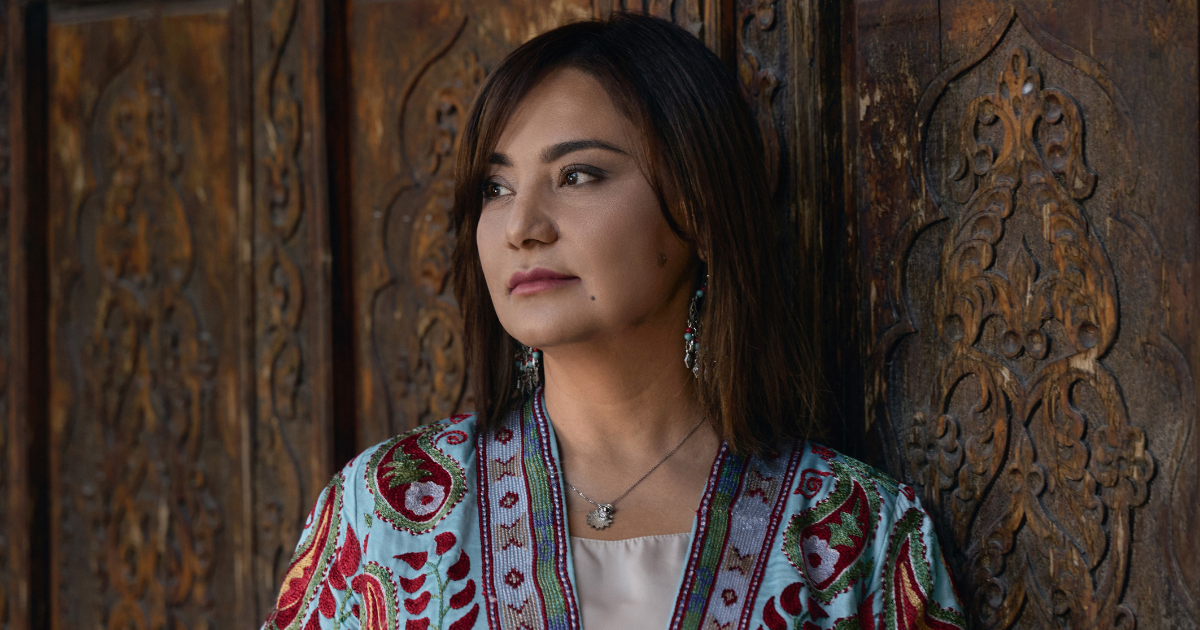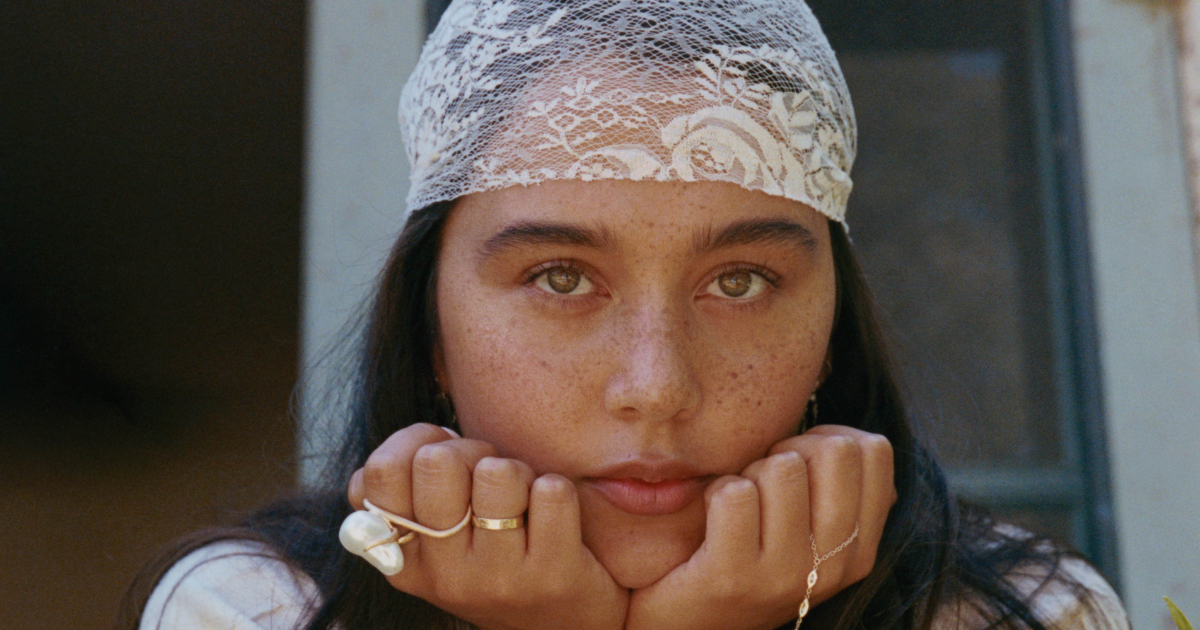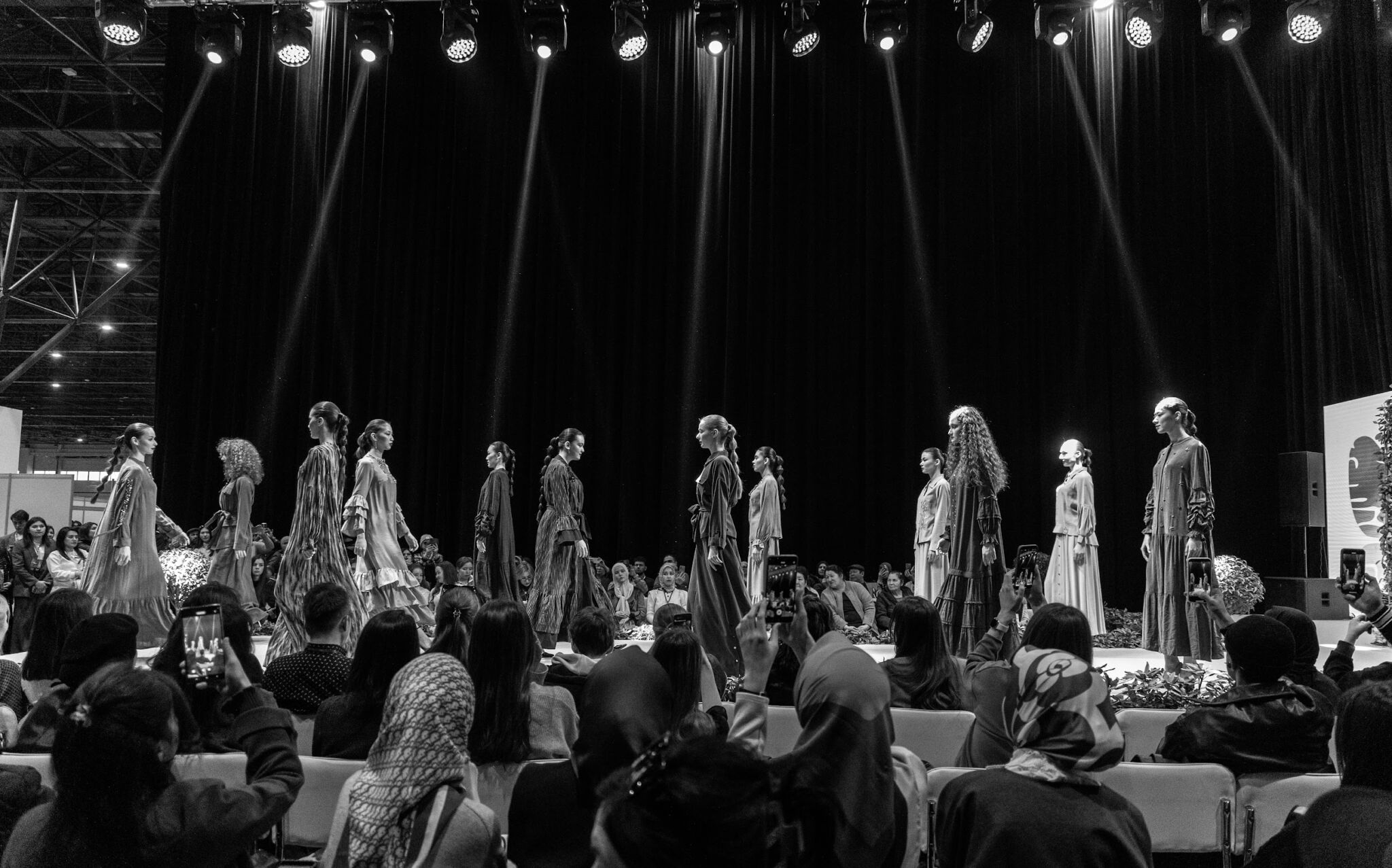“The bright festival of forgiveness: A mosaic of Eid al-Fitr traditions”
Customs and celebrations from around the world
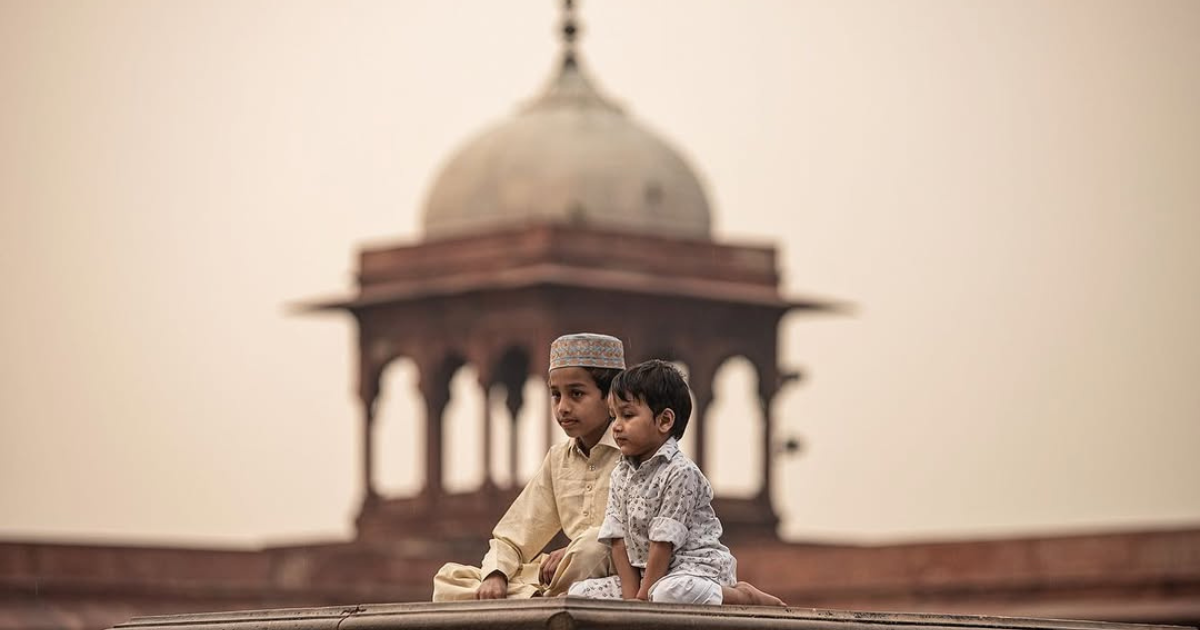
Have you ever wondered how Muslims across the globe celebrate Eid al-Fitr, also known as Ramadan Bayram? This joyful holiday marks the end of the sacred month of fasting and is filled with gratitude, unity, and heartfelt celebration.
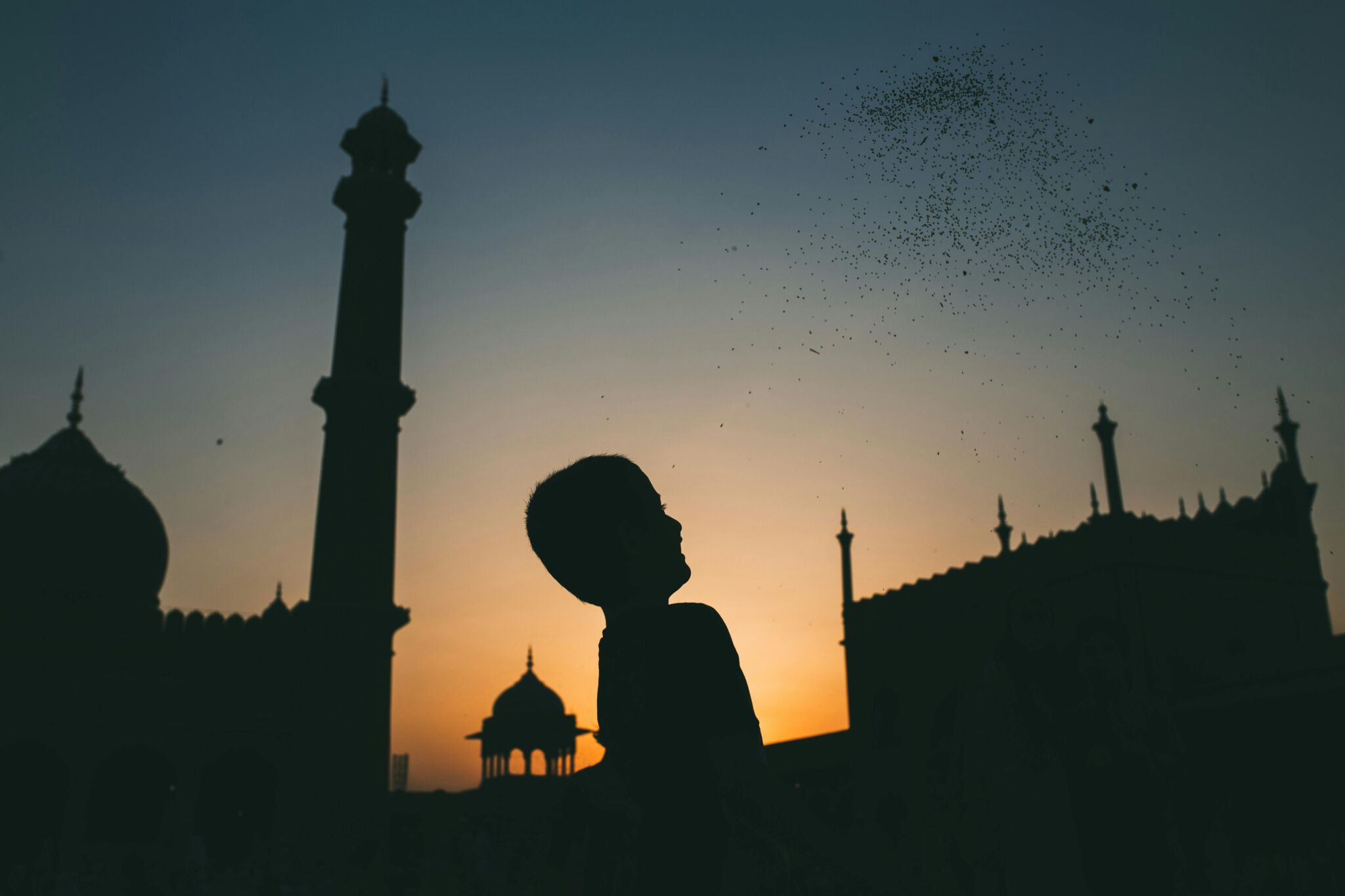
Photo: Pexels
Millions of believers come together to celebrate this meaningful occasion, and every country brings its own customs and traditions, reflecting the richness of global cultural diversity. Each nation adds its unique note to the symphony of this sacred day. Let’s journey through the beauty of Ramadan Bayram traditions from around the world to better understand the holiday's significance and its lasting impact on people’s lives.
The celebrations of Eid al-Fitr begin at dawn with a special festive prayer, performed shortly after sunrise. About half an hour after daybreak, worshippers gather in unity – a collective expression of gratitude, joy, and spiritual renewal.
Once the prayer finishes, hearts are filled with warmth as people return home to exchange heartfelt greetings and gifts. Tables are adorned with delicious dishes and decadent desserts, creating a true feast of abundance, where every detail joyfully marks the end of a month of fasting and devotion.
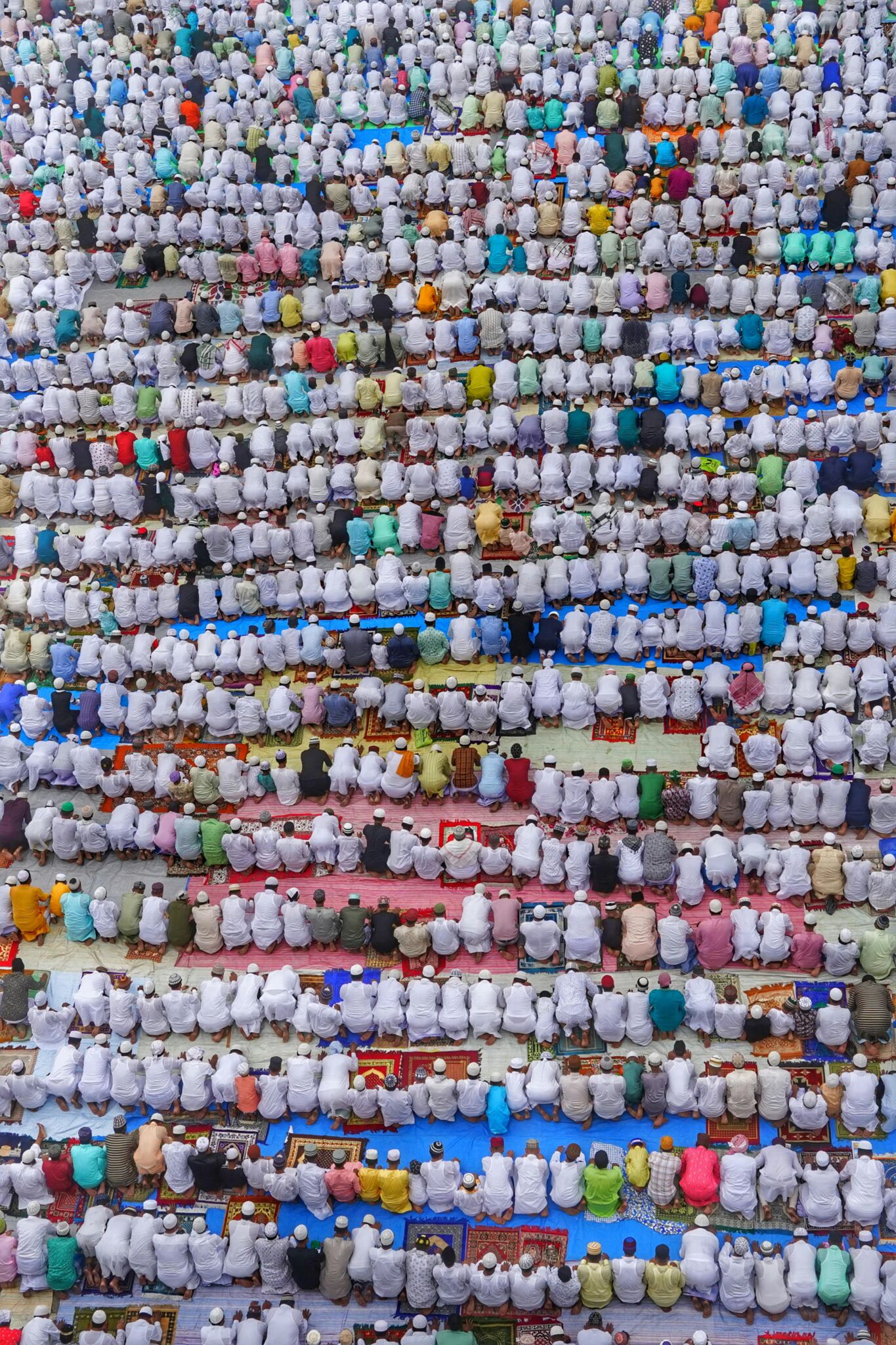
Photo: Pexels
Turkiye
In Turkey, Eid al-Fitr is lovingly referred to as “Şeker Bayramı” – the “Sugar Festival.” On the first day of the holiday, it is customary to visit elders as a gesture of deep respect. Families exchange warm greetings and sincerely ask one another for forgiveness – a symbolic act that lightens the heart and clears away misunderstandings. As a sign of reverence, young people kiss the hands of their elders, who in turn gift them money – a tradition that goes far beyond material value. It fills the day with warmth and unity, weaving together generations with an invisible thread of love, respect, and shared heritage.
India, Pakistan, and Bangladesh
In the lead-up to Eid al-Fitr, women in these countries eagerly await Chand Raat – the “Night of the Moon” that marks the end of Ramadan. After the final iftar, vibrant crowds fill local markets glowing with festive lights. The air is rich with the scent of sweets and traditional treats, creating an atmosphere of celebration and anticipation. On this special night, women adorn their hands and feet with intricate mehndi (henna) designs.
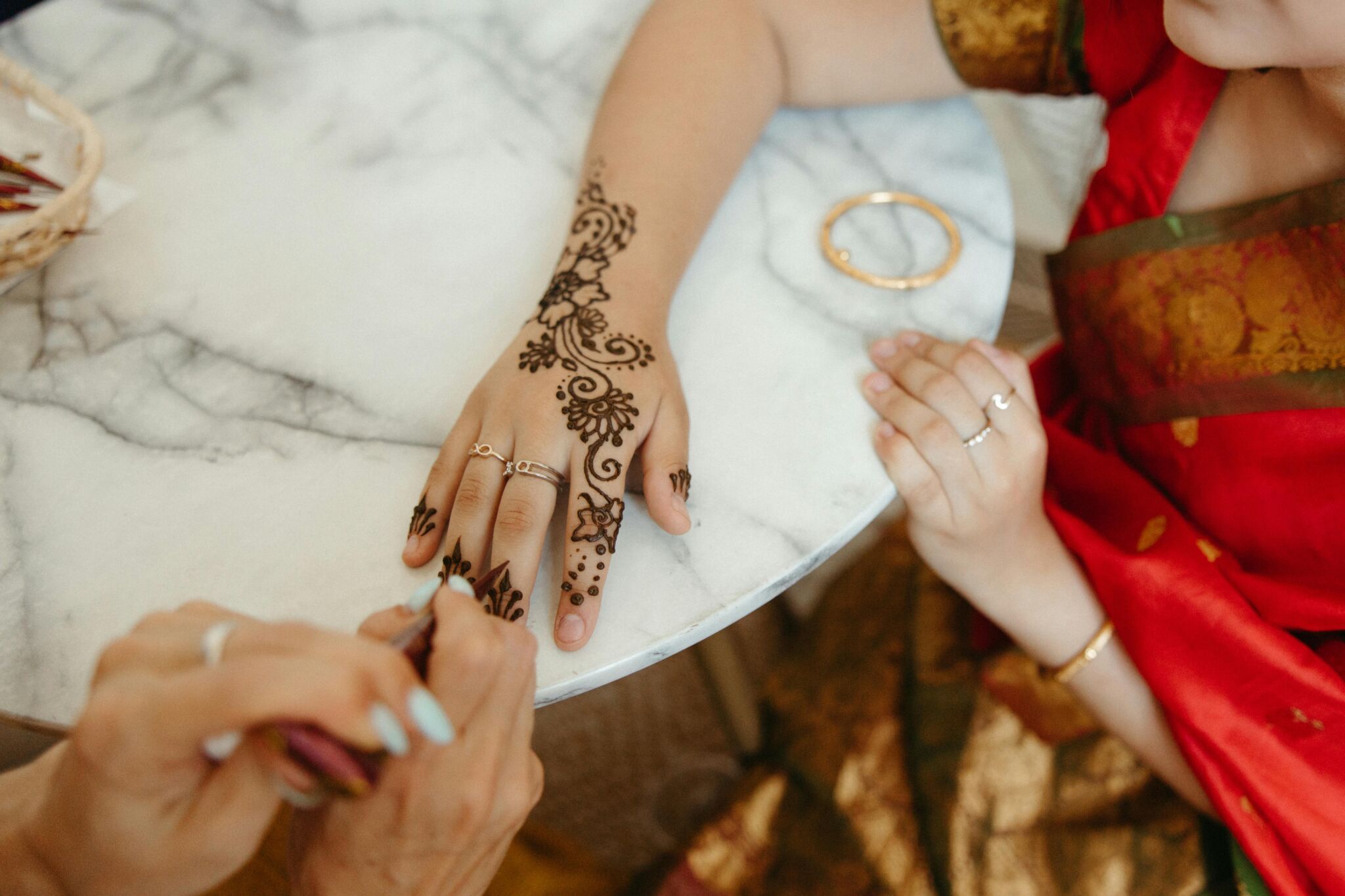
Photo: Pexels
Afghanistan
Afghanistan is home to one of the most unusual and playful Eid al-Fitr traditions, a lively game known as Tokhm-Jangi. In this cheerful competition, participants use decorated boiled eggs as tools of strategy and fun. The goal is to crack your opponent’s egg without breaking your own. It’s a game filled with laughter, excitement, and friendly rivalry.
Somalia
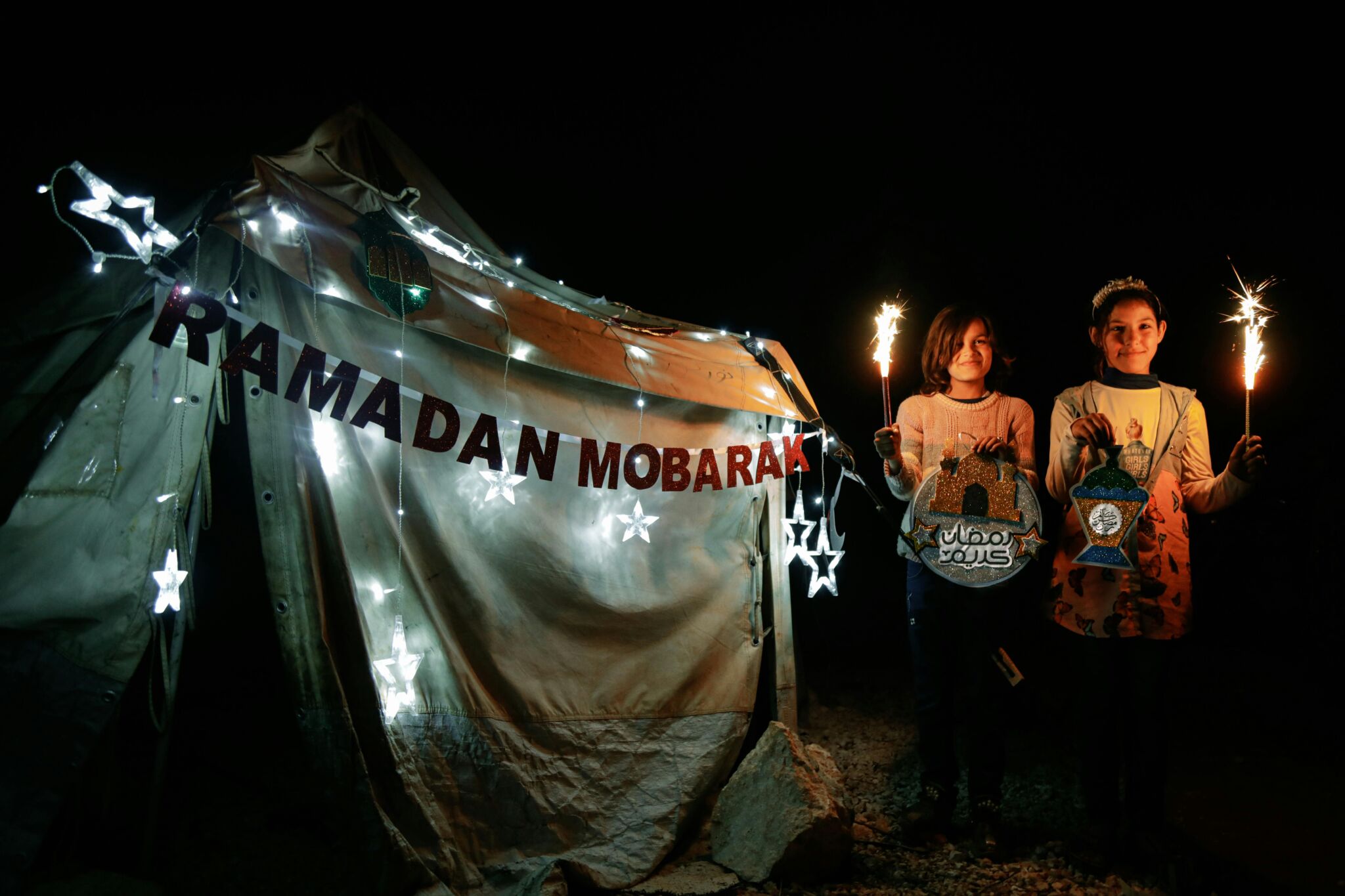
Photo: Pexels
In Somalia, Eid al-Fitr is celebrated through vibrant culinary traditions. At the heart of the festivities are two signature dishes: cambaabur and xalwo. These are more than just festive treats – they represent the essence of the holiday, blending gastronomic delight with deep cultural heritage. Together, they create a flavorful symphony that embodies the joy, warmth, and spirit of togetherness that defines Eid in Somali culture.
Saudi Arabia
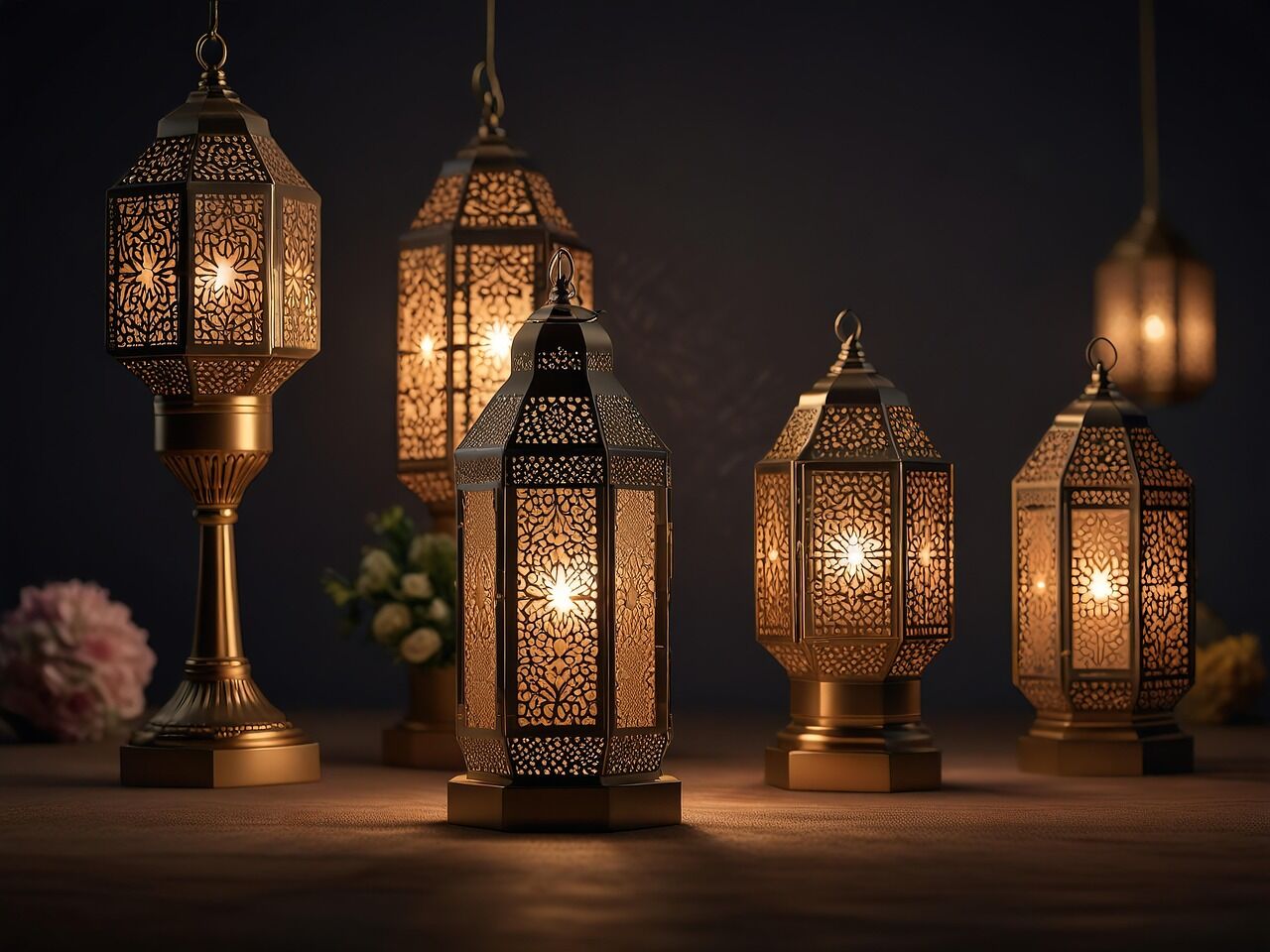
Photo: Pixabay
In Saudi Arabia, Eid al-Fitr is marked by a beautiful tradition of anonymous charity. During the holiday, couples quietly distribute food to those in need, often leaving parcels at doorsteps without revealing their identity. This discreet act of kindness reflects the generous spirit of Eid and the deep-rooted value of compassion and mutual support.
Malaysia
In Malaysia, Eid al-Fitr is known as Hari Raya Puasa – a celebration that not only marks the end of Ramadan but also showcases the country’s rich cultural heritage.
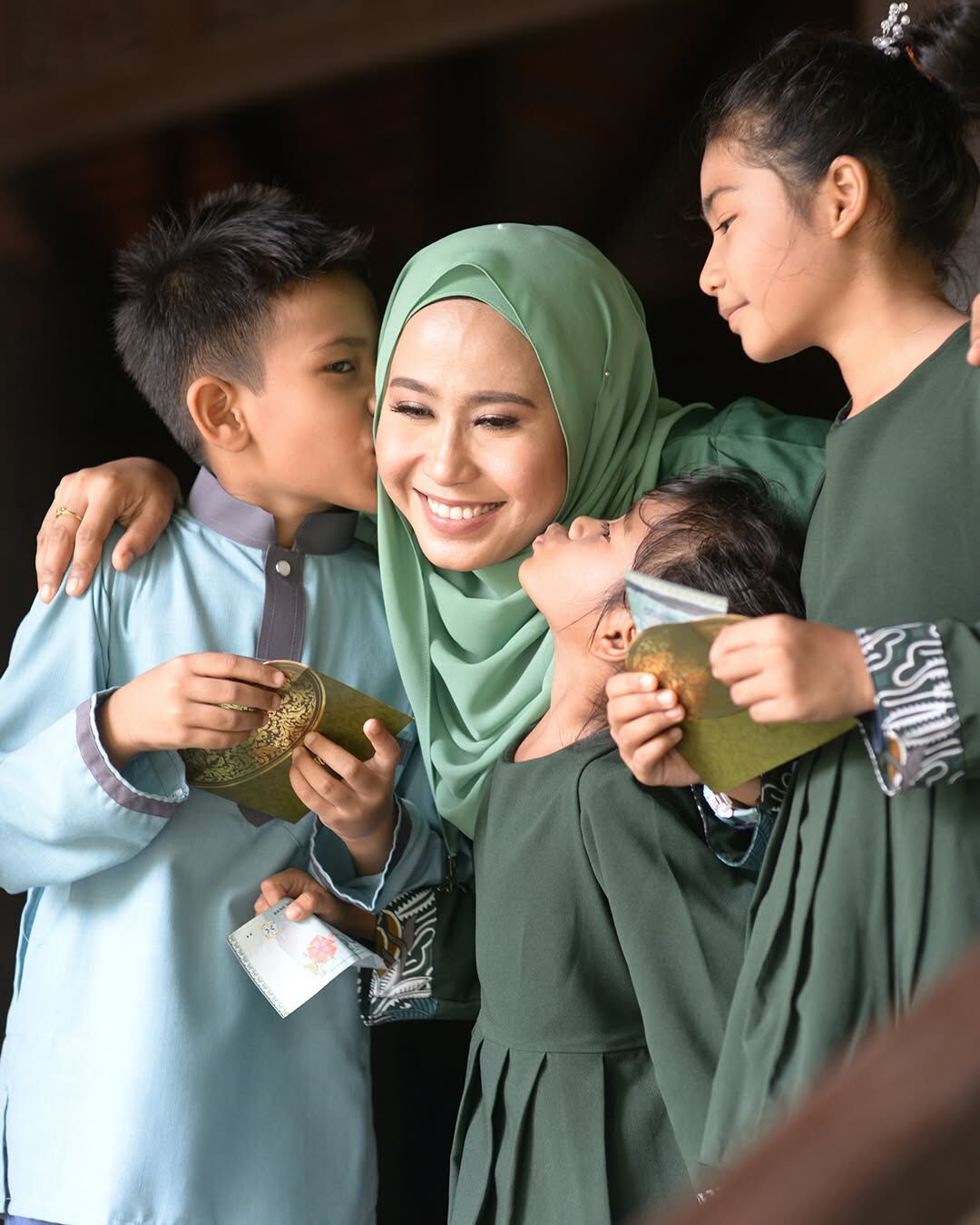
Photo: Instagram / shangrilahotels
A hallmark of the celebration is the “open house” tradition, where families welcome guests into their homes regardless of background. Lavish meals are prepared featuring traditional favorites like satay, nasi goreng, and nasi lemak. Invitations extend beyond relatives and friends – neighbors and even strangers are embraced with equal warmth.
This spirit of inclusivity means that Malays, Chinese, Indians, and Indigenous communities often celebrate side by side. Hari Raya becomes a symbol of national unity in diversity, making Eid al-Fitr a truly meaningful and shared experience for everyone in Malaysia.
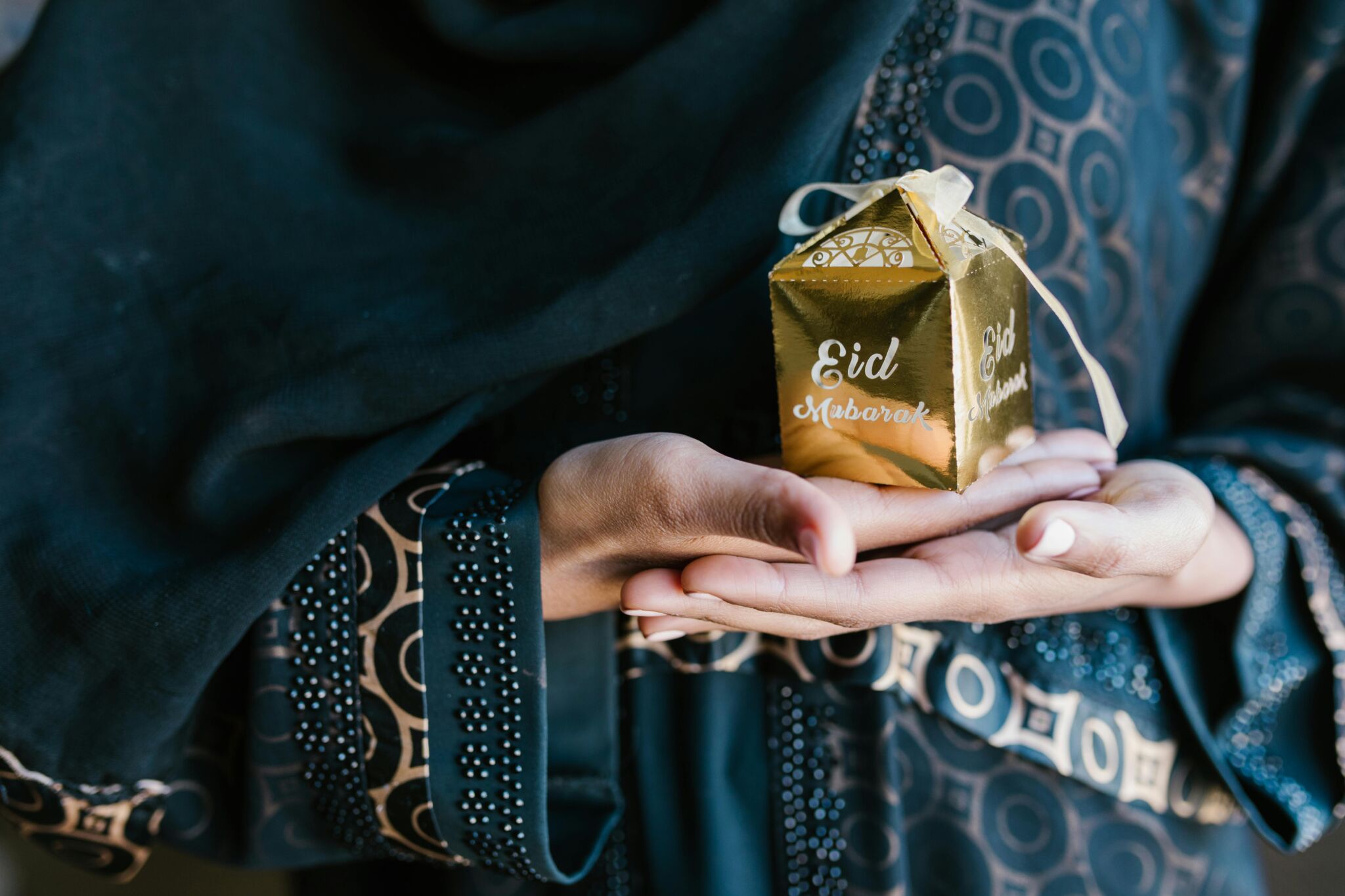
Photo: Pexels
Eid al-Fitr is far more than just the end of Ramadan – it’s a celebration of human connection, a time to strengthen the ties between loved ones and communities. It reminds us that true wealth lies not in material abundance but in the depth of our compassion and the strength of the bonds we build.
